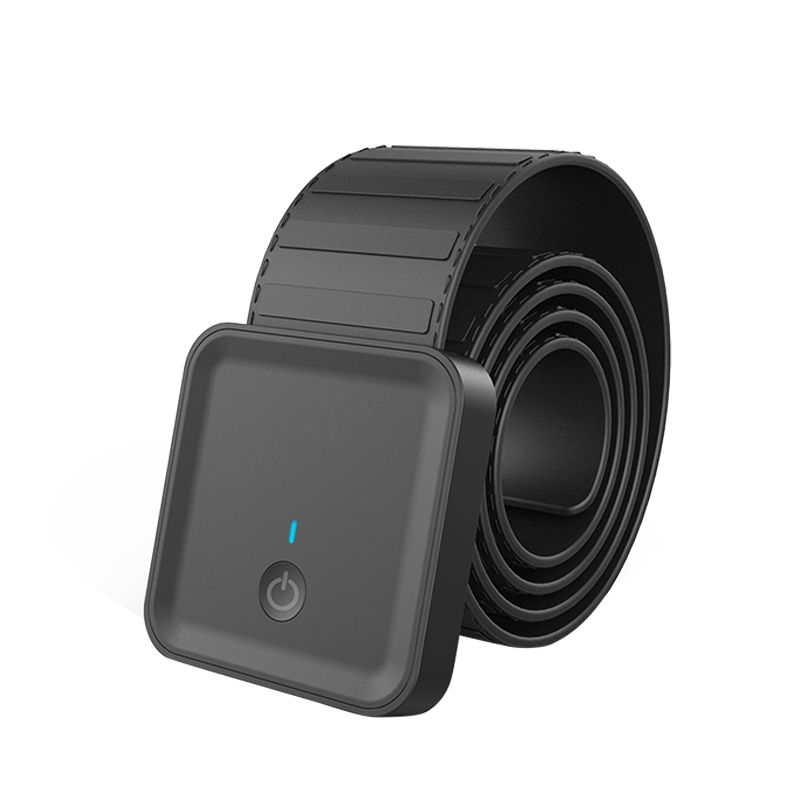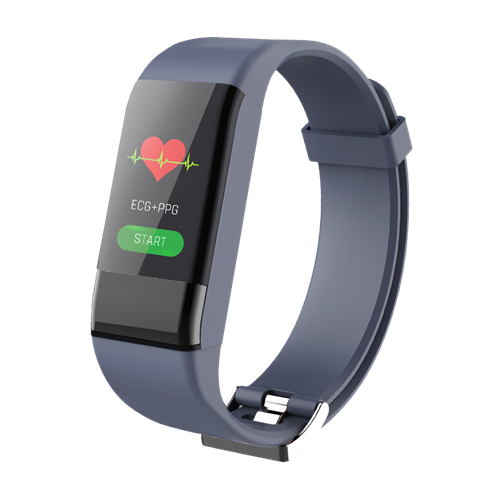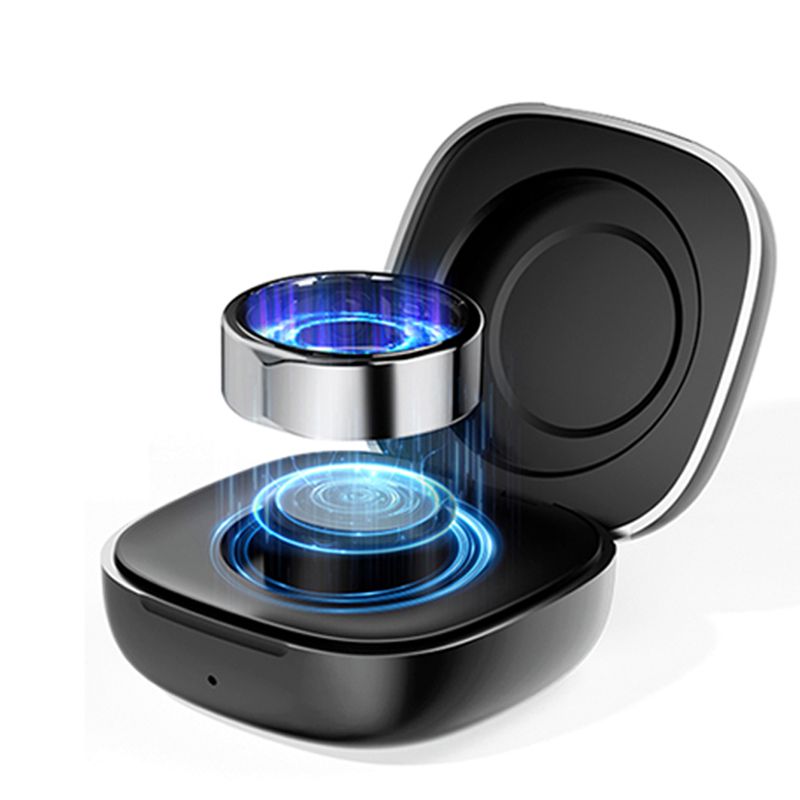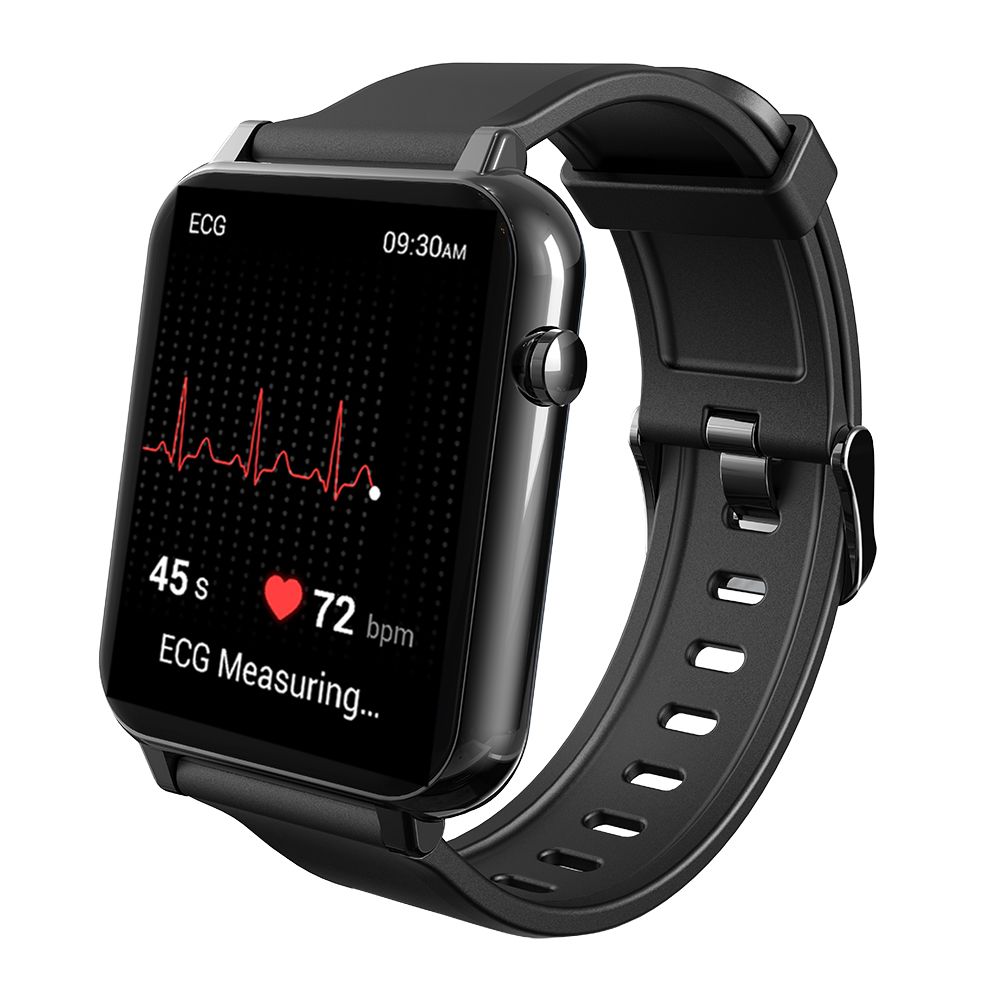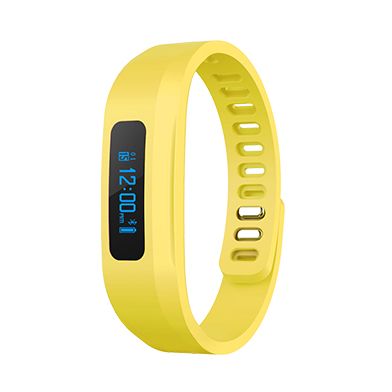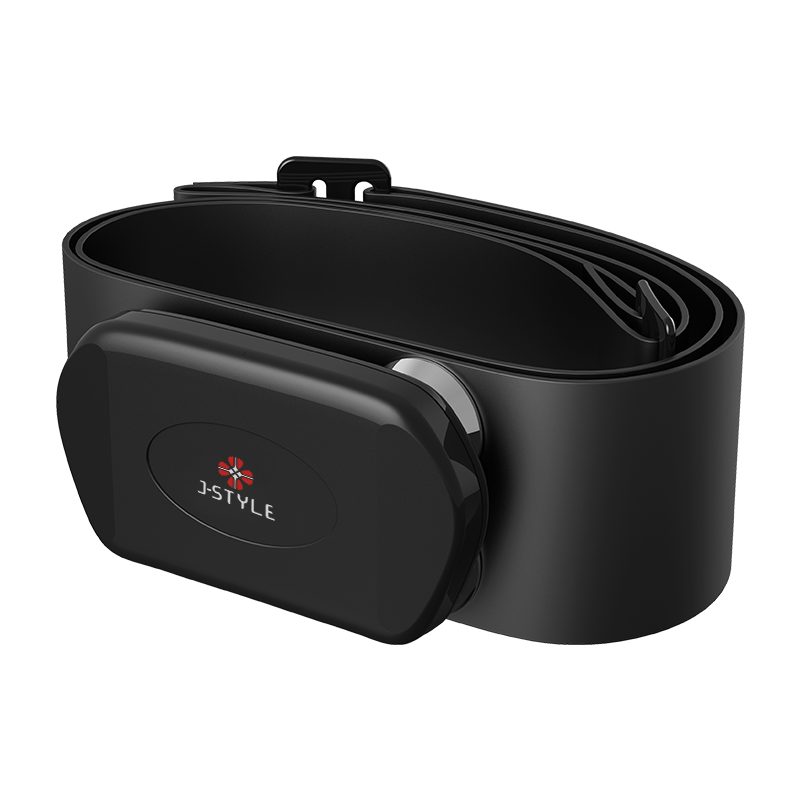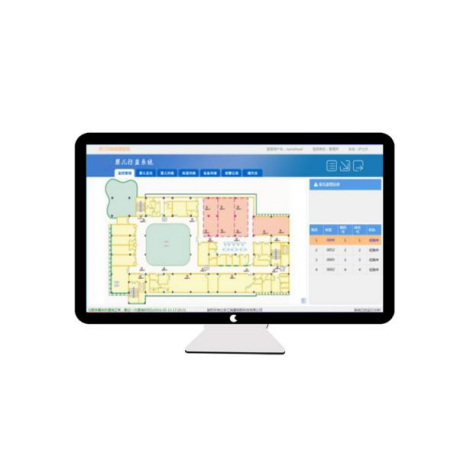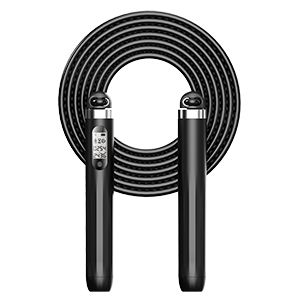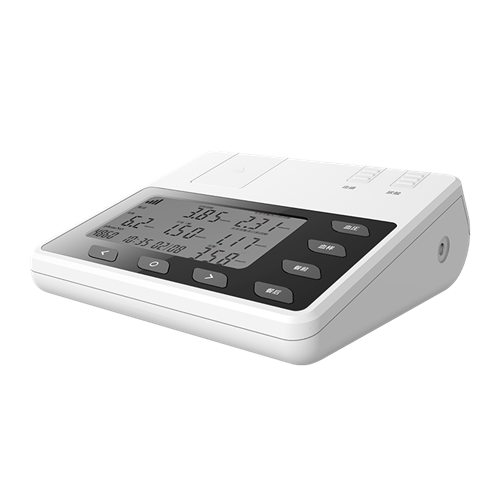Introduction: Why BLE Matters in Today’s Wearables
In today’s competitive consumer electronics landscape, wearable technology is undergoing explosive growth. Among them, smart rings are emerging as compact yet powerful tools for health tracking, lifestyle enhancement, and secure interactions. At the heart of these innovations is Bluetooth Low Energy (BLE) — a wireless communication protocol that enables efficient, real-time data transmission with minimal power consumption.
For enterprises seeking to enter or expand within the smart wearable industry, understanding BLE’s technical advantages — and how it powers smart ring solutions like J-STYLE's JCRing — is essential.

1. What is Bluetooth Low Energy (BLE)?
Bluetooth Low Energy (BLE), also known as Bluetooth Smart, is a wireless communication protocol designed for short-range, low-power data exchange. It’s part of the Bluetooth 4.0 and later standards and is specifically tailored for wearable devices, IoT solutions, and medical sensors.
BLE enables continuous data collection and transmission — such as heart rate or blood oxygen levels — without significantly draining battery life. This makes it ideal for smart rings, where battery space is severely limited.
2. BLE vs Classic Bluetooth: What’s the Difference?
| Feature | Classic Bluetooth | Bluetooth Low Energy (BLE) |
| Power Consumption | High | Ultra-low |
| Data Transfer Rate | Higher for audio | Optimized for small packets |
| Connection Time | Slower | Fast pairing and reconnection |
| Use Cases | Headphones, speakers | Wearables, health monitors, smart rings |
BLE sacrifices high bandwidth for power efficiency, which is the cornerstone of continuous health tracking on compact devices like smart rings.
3. Nordic Semiconductor: Powering J-STYLE’s Smart Ring Innovation
J-STYLE has partnered with Nordic Semiconductor, the global leader in low-power wireless SoC (System on Chip) solutions, to develop next-gen smart rings. The Nordic nRF52840 SoC stands out in multiple dimensions:
a. Ultra-Low Power Design
● Only 5.5 mA peak current during RX/TX operations.
● Advanced power management systems support up to 10 days of battery life (typical use) or 30-day standby — critical for 20mAh ring batteries.
b. Multi-Protocol & High-Speed Communication
● BLE 5.0 compliant with ANT, NFC, and support for 2M PHY, achieving up to 1.376 Mbps.
● Supports ATT_MTU extension and connection event length extension (CLE) for efficient data transfer of continuous health metrics.
c. Miniaturized Form Factor with High Security
● Compact 8mm x 2.9mm chip size (WLCSP package).
● Built-in Arm CryptoCell-310 engine for end-to-end encryption of health data — a must for medical-grade wearables.
4. BLE’s Broad Application in Wearable Devices
BLE has become the de facto standard in wearables because of:
● Seamless pairing with smartphones (iOS/Android).
● Support for real-time biometrics, such as heart rate, SpO₂, HRV.
● Reliable OTA (Over-the-Air) updates for device firmware.
● Energy-efficient transmission enabling long-term continuous health monitoring.
5. J-STYLE’s JCRing Smart Ring Powered by Nordic nRF52840
J-STYLE’s flagship JCRing smart ring, built on Nordic’s nRF52840, is designed for continuous biometric tracking, data security, and seamless connectivity.
Key Features Include:
● Health sensors for Vo₂max, SpO₂, heart rate, blood glucose trend analysis, body temperature, HRV, and sleep stages.
● BLE-based real-time transmission to mobile app (JCRing App) with AI-driven insights.
● 14.5–21.5mAh battery with up to 10 days usage.
● Compact, ergonomic design available in multiple US ring sizes.
6. Key Smart Ring Applications Enabled by BLE
a. Medical-Grade Health Monitoring
● Real-time tracking of heart rate, SpO₂, body temperature.
● Local execution of AI algorithms on the Cortex-M4 processor, reducing cloud dependency.
b. Smart Home Control
● BLE enables rings to function as multi-device controllers.
● Rings can send commands via gestures (accelerometer + BLE transmission).
c. Contactless Payments & Access Control
● Future integration of NFC and RFID features.
● BLE’s long-range (up to 180m in theory with BLE 5.0) opens new access scenarios.
7. Technical Challenges & Nordic’s Solutions
| Challenge | Nordic’s Solution |
| Limited space & heat | WLCSP packaging + ultra-low heat generation |
| RF interference | -96 dBm sensitivity + adaptive frequency hopping |
| Long dev cycle | Nordic SDK + nRF Connect + reference firmware |
| Healthcare compliance | Nordic SDK + nRF Connect + reference firmware |
8. Future Trends: Where BLE and Smart Rings are Heading
a. On-Device AI & Edge Computing
Nordic’s future chips may integrate AI accelerators, enabling predictive health analytics (e.g., glucose prediction) directly on the ring.
b. Advanced Indoor Positioning
BLE-based location tracking (e.g., via RSSI and triangulation) will enable fall detection, elderly care, and asset tracking.
c. Regulatory-Grade Health Devices
J-STYLE is actively seeking medical certifications (expected in 2025), using Nordic’s platform to meet healthcare standards.
Conclusion: Why BLE is Essential for Next-Gen Smart Rings
Bluetooth Low Energy is more than a communication protocol — it is a foundation for wearable health innovation. In collaboration with Nordic Semiconductor, J-STYLE’s JCRing exemplifies how BLE enables compact devices to deliver powerful, secure, and real-time health insights.
For developers and B2B buyers seeking high-margin, low-power, and technically robust health devices, BLE-based smart rings offer an unmissable opportunity. The future of connected health is ring-sized — and powered by BLE.
